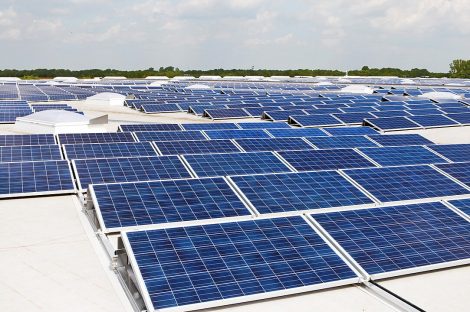-
Ember Global Electricity Review 2025
Date posted:
-
-
Post Author
Tracey Biller
-

Record renewables growth led by solar helped push clean power past 40% of global electricity in 2024, but heatwave-related demand spikes led to a small increase in fossil generation.
This is according to the 2025 Global Electricity Review just published by global energy think tank Ember. Highlights from the report, which is based on data for 2024, include a 40.9% share of global electricity generation from low-carbon sources in 2024 and a +29% growth rate in solar generation during the period ̶ a six-year high. Electricity demand grew by 4.0% over the year in response to heatwaves. As a result, there was a small increase in fossil generation, driving up power sector emissions to an all-time high.
As reported in the executive summary, the record increase in renewables coupled with a small increase in nuclear output of 69 TWh brought low-carbon power to 40.9% (12,609 TWh) of the mix in 2024, compared with 39.4% in 2023. Hydro remained the largest source of low-carbon electricity (14.3%), followed by nuclear (9.0%), with wind (8.1%) and solar (6.9%) rapidly gaining ground and together overtaking hydro in 2024, while nuclear’s share reached a 45-year low.
Solar was the largest source of new electricity generation globally for the third year in a row (+474 TWh) and the fastest growing source of electricity (+29%) for the 20th year in a row. More than half (53%) of the increase in solar generation in 2024 was in China, with China’s clean generation growth meeting 81% of its demand increase in 2024.
The fast pace of global solar growth is set to continue, with 2024 setting a new record for solar capacity installations in a single year – more than double the amount installed in 2022. Global solar power capacity reached 1 TW in 2022 after decades of growth, but reached 2 TW only two years later, in 2024.
Download a PDF copy of the Ember 2025 Global Electricity Review here.
